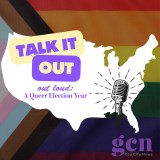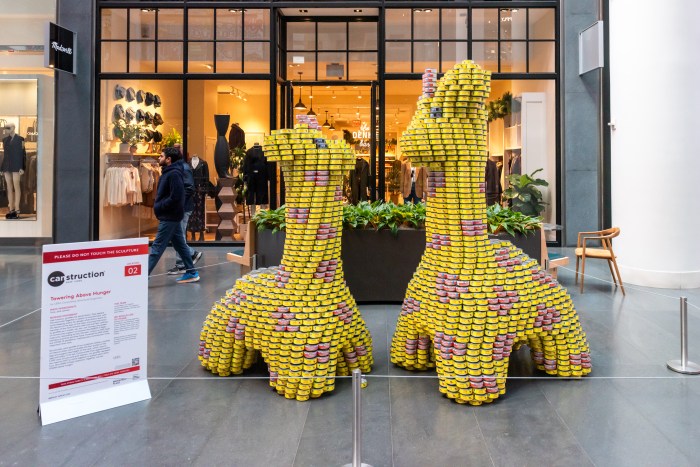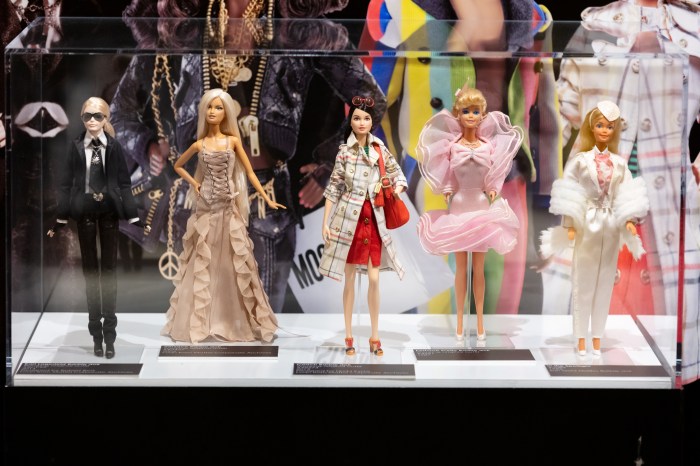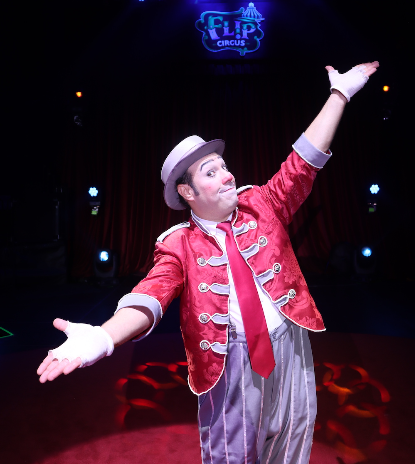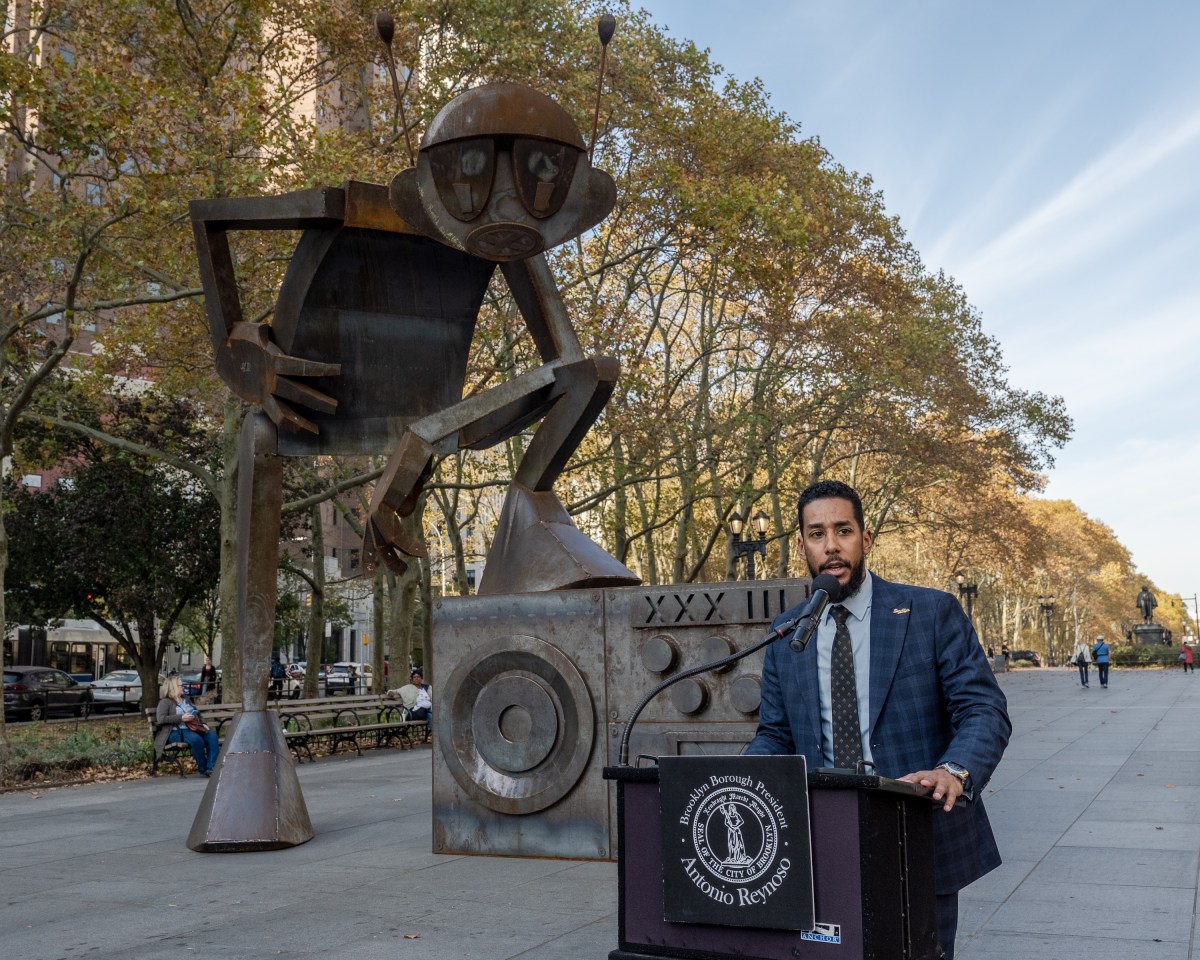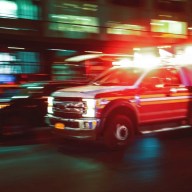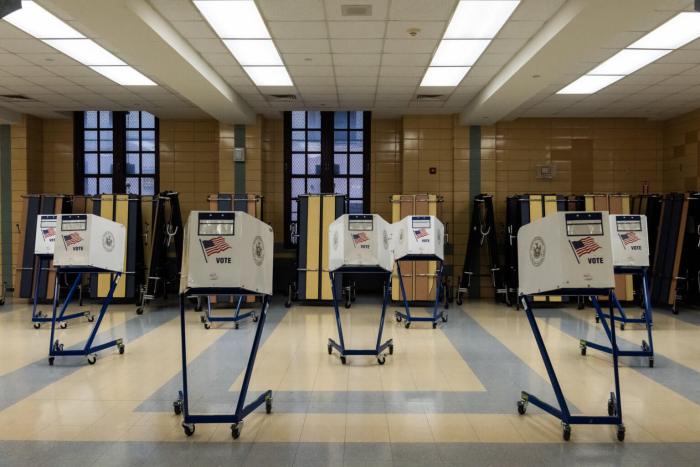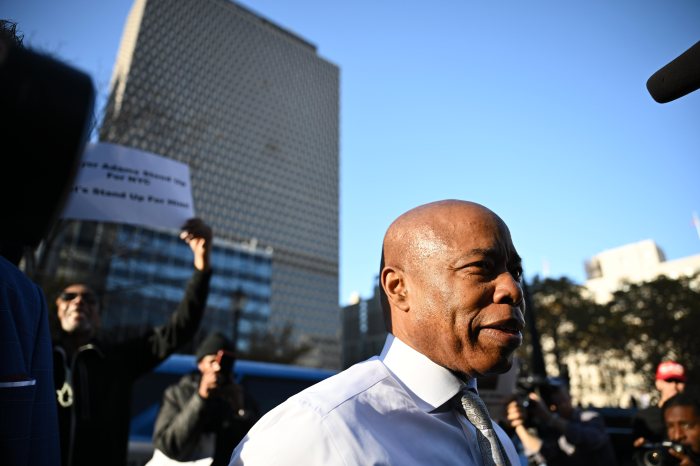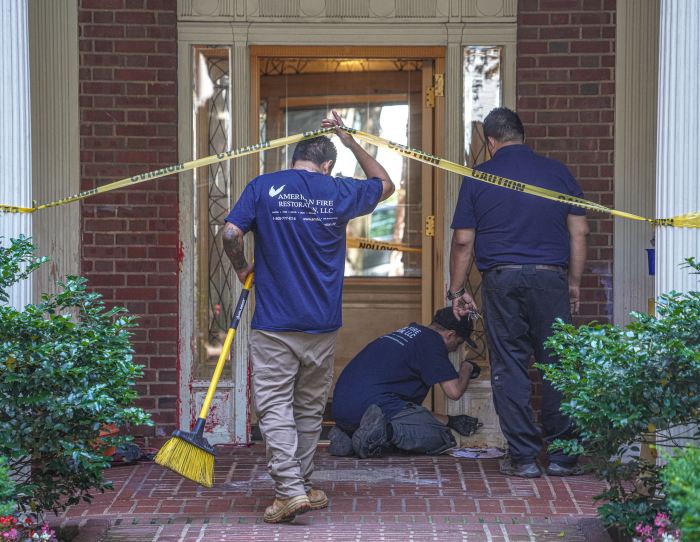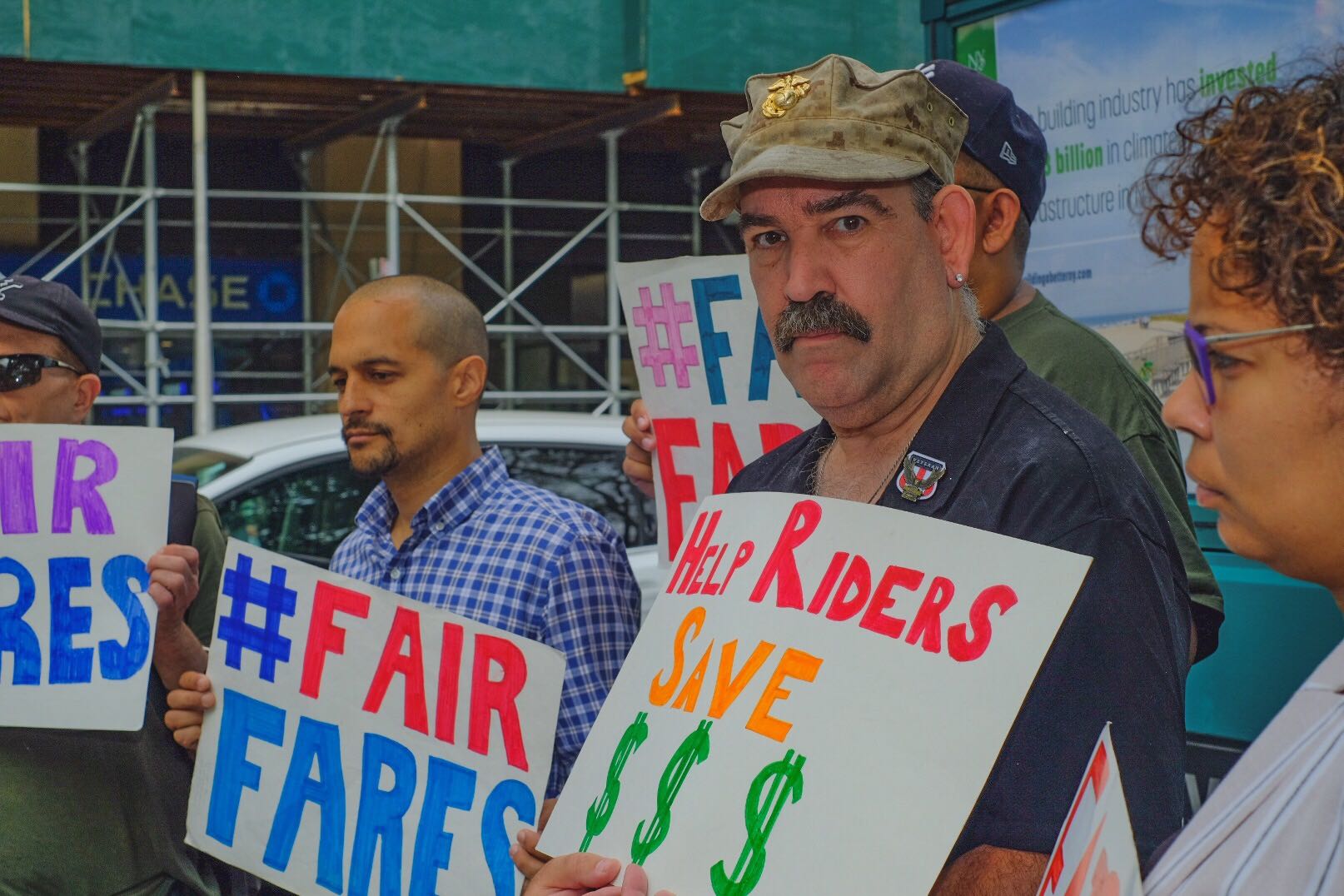
BY MARK HALLUM | With over 76,000 New York City Transit riders enrolled in the Fair Fares program, an organization representing straphangers is checking the pulse of the city’s poorest who get half-priced MetroCards.
The Riders Alliance is conducting a surveys to gather information on how the program benefits riders and how it can improve. The Oct. 1 announcement shortly after Mayor Bill de Blasio announced that citywide poverty rates have reached historic lows.
The Fair Fares program aims to further decrease citywide poverty rates by making MetroCards more affordable for low-income residents. The Riders Alliance is calling for the program, which received $106 million in the city’s 2019 budget but was later doubled to $212 million, to be expanded not through funds but outreach.
With 76,000 current enrollees, a rally the City Hall R station called for logistical improvements and invitations to the plan for unemployed New Yorker as well as SNAP recipients.
“We have a commitment from Mayor de Blasio that the program will be fully rolled out by January 2020 to about 750,000 New Yorkers at or below the federal poverty line,” said Rebecca Bailin, political director for the Riders Alliance. “During the campaign, while we were fighting so starting 2016, we heard from Low-income New Yorkers that the cost of a MetroCard was prohibitive. But people still need to get to where they need to go.”
Allan Singer is an unemployed Marine Corps veteran who said that while he often has to make the decision of whether to eat or pay subway fare, he has never been invited to enroll in the program by the city Human Resources Administration.
Singer often has to make the call of whether or not to risk going to jail for turnstile jumping.
“I’m very frustrated that I have not been invited,” he said at the Oct. 1 rally. “It’s important to me because I have to choose between a MetroCard and a meal to get to my appointments, I feel that’s unfair as a veteran on public assistance and being unemployed.”
Mike Gonzalez from Astoria has the Fair Fares card which has allowed him to pay some extra bills as well as put some money aside.
“I’ve benefitted from a great deal,” Gonzalez said. “This is a program I think all New Yorkers should be able to benefit from.”
But replacing the card can be a hassle, he said, and it’s taken up to two months for him to replace a card he’s lost.
De Blasio celebrated the release of data that showed the poverty rate is at a nearly 50-year low with the median household income gaining by 13 percent, or $7,501. Up from $56,298 in 2013 to $63,799 in 2018, according to the mayor’s office.
But while the median household income grew by double-digits percentage points, the poverty rate only dropped by 3.6 percent, 20.9 percent in 2013 to 17.3 percent in 2018.
“I was elected on a promise to end the Tale of Two Cities and that’s exactly what we’ve spent every day of the last five years working to do,” de Blasio said. “Poverty in New York City is at historic lows. From fighting for a $15 minimum wage to guaranteeing Pre-K for every child to Paid Safe and Sick Leave, we are putting more money in the hands of working families and creating a fairer city for all.”
De Blasio committed $106 million from the 2019 city budget for half-priced MetroCards after pressure from various groups throughout the city
In December 2018, Comptroller Scott Stringer put the program into question for the fact that it was only available to weekly and monthly unlimited MetroCard holders which only make up about 15 percent of low-income city dwellers.
“More than 76,000 New Yorkers have enrolled in Fair Fares, both in person and online through our Access HRA app, which makes the process even easier by enabling eligible individuals to sign up anytime, anywhere,” an HRA statement read. “Through sustained outreach efforts, we are continuing to bring this game-changing resource to even more New Yorkers who need it.”
The survey can be accessed at FairFares.info.



